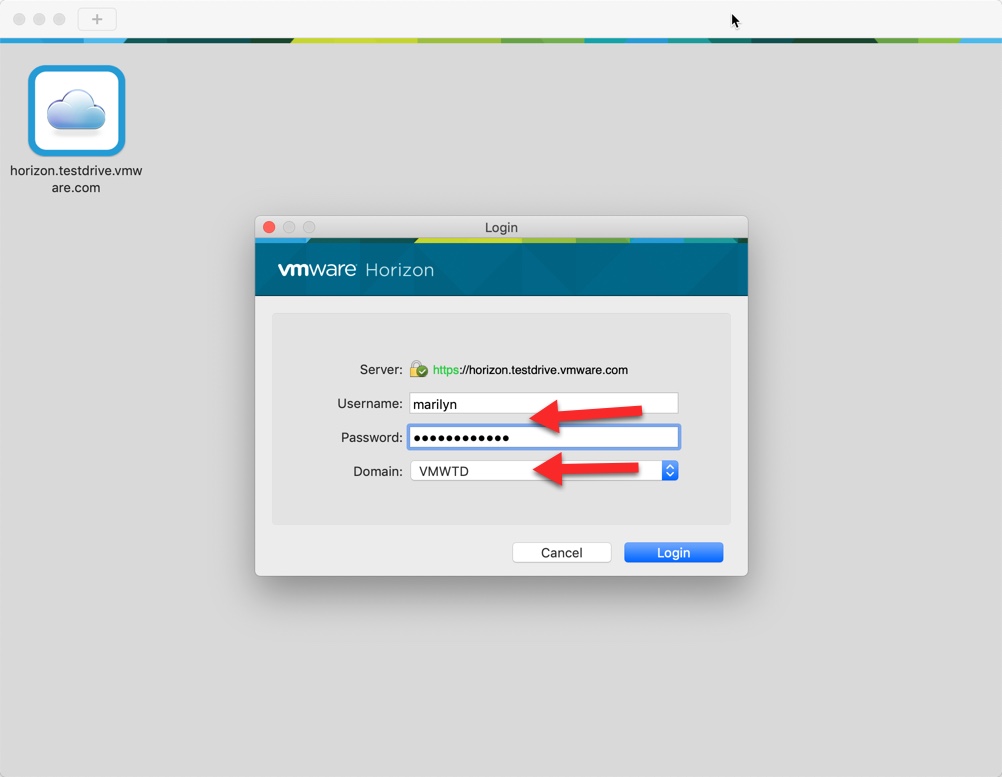

Today also, everything from one year to 10 years on the corporate bond side is available at 7.5% and above.

But our view is that, at this juncture of the interest rate cycle, the entry levels are absolutely good. So we do not see any kind of impact on that segment which is 10 trillion.Īnother five trillion AUM, which was in short to medium-term categories, might see some bit of muted flows going ahead. Two-thirds of the AUM used to sit in less than one year schemes where investors used to churn their money. Benefits used to come to investors if investors hold debt mutual fund units for more than three years. They never used to hold for more than three years. If I look across at the mutual fund industry, two-thirds of the AUM in debt funds used to be in less than one year category where investors used to churn. With the change in guidelines, any investment done after Maincrementally, the taxation benefit would be at a marginal rate. Previously, debt mutual funds used to get the long-term capital gain benefit along with indexation and which used to significantly be a tax-efficient solution for investors. But there have been a lot of changes when it comes to the finance bill of this year with respect to debt mutual funds vis-a-vis LTCG change. Too much room is available on the rate cut side at least as far as RBI is concerned.


 0 kommentar(er)
0 kommentar(er)
